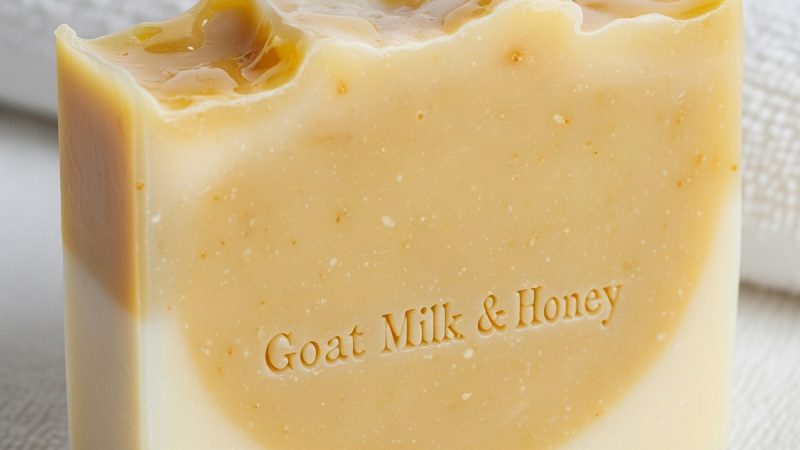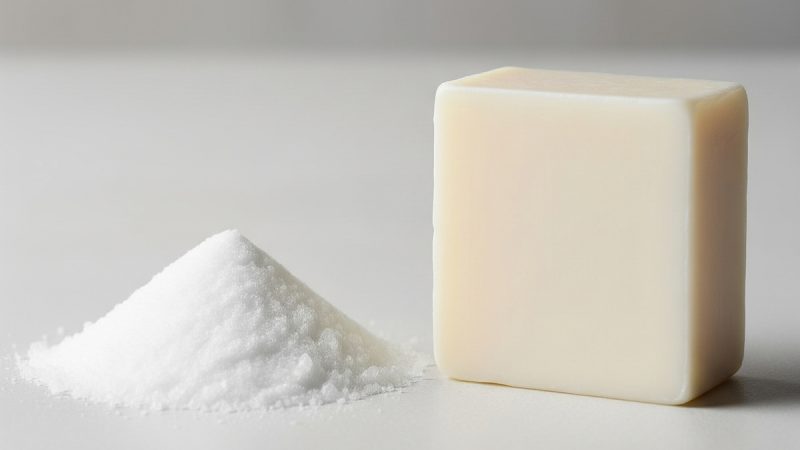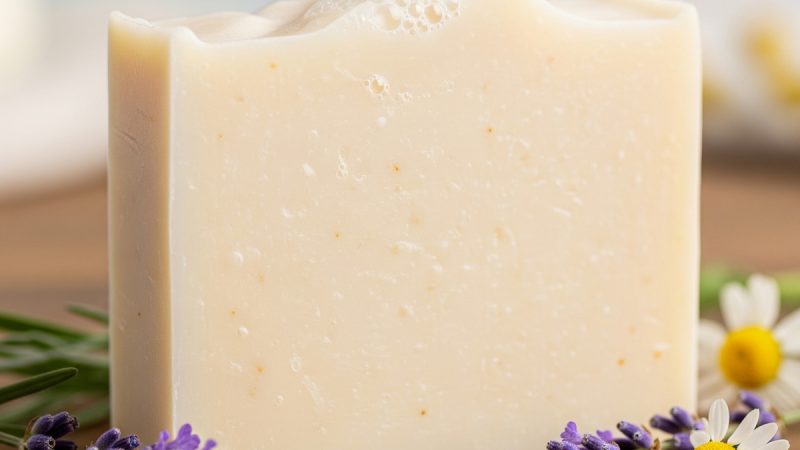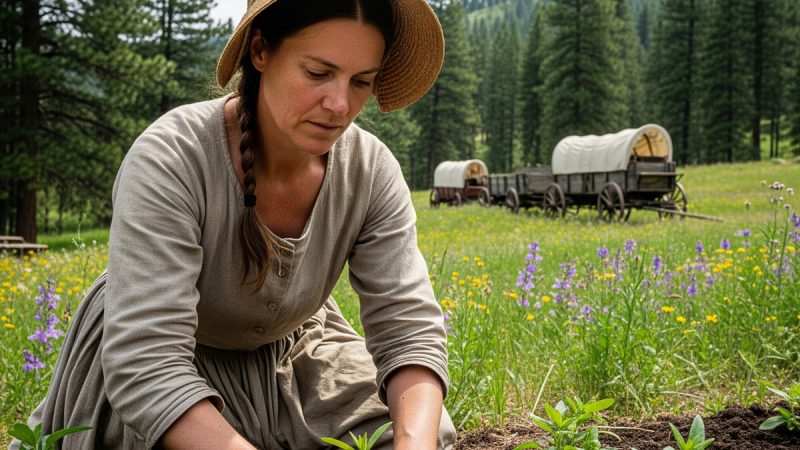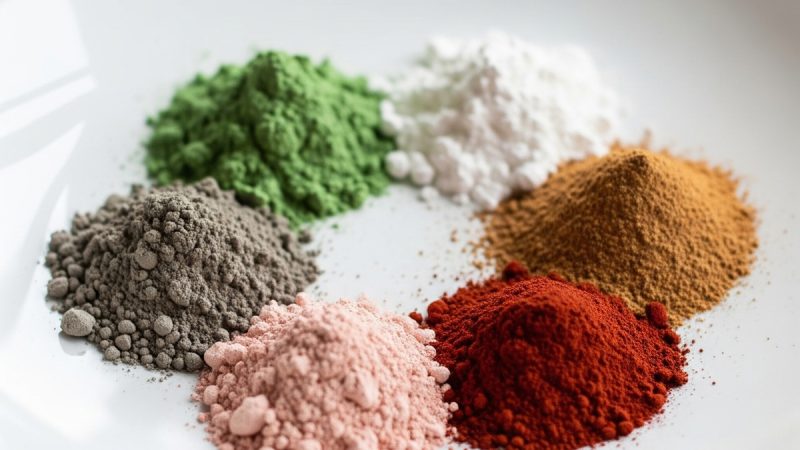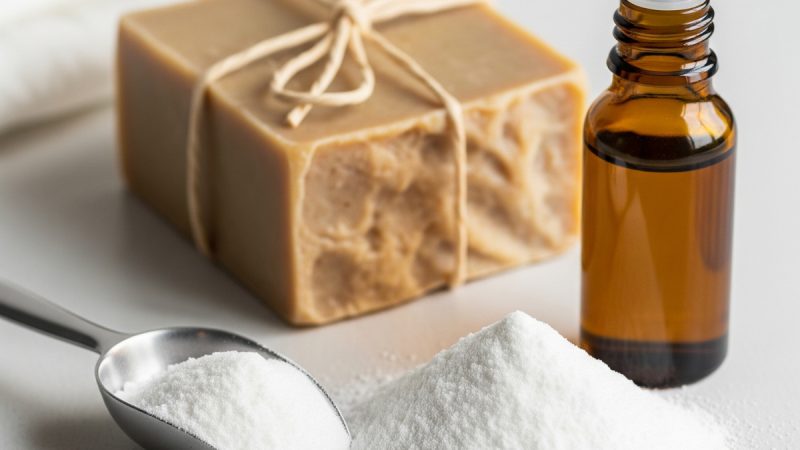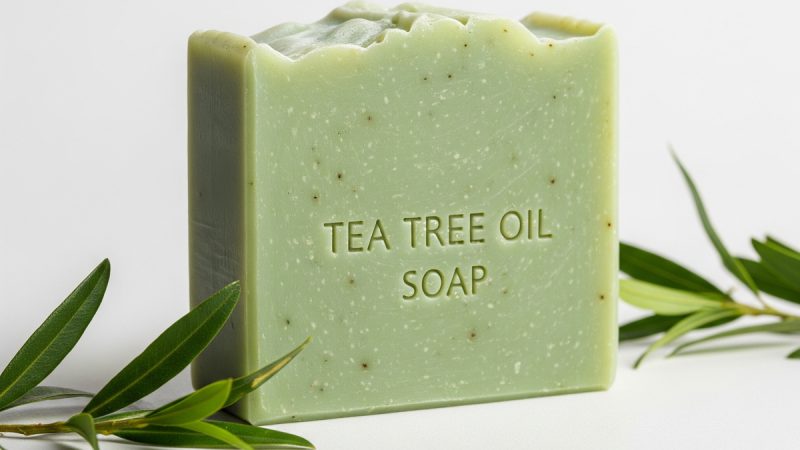Natural Dyes You Could Use to Produce Soaps with Exciting Colors
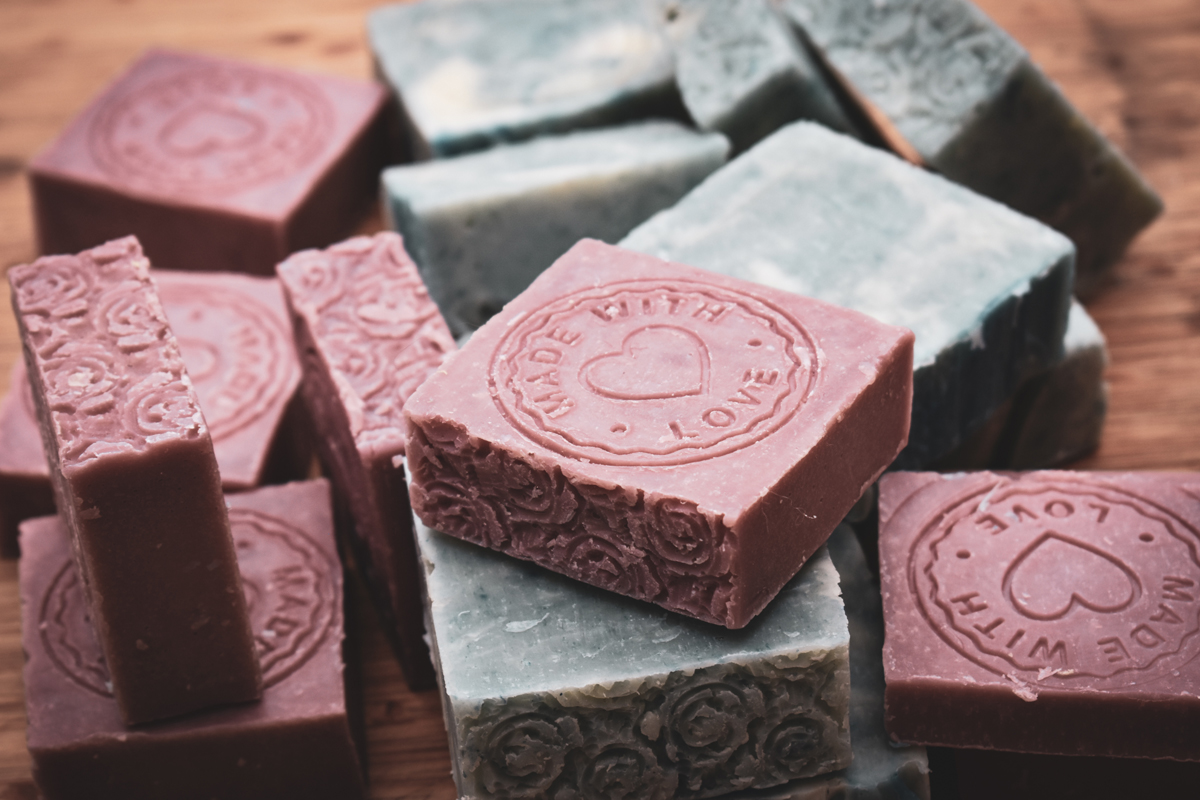
Natural soaps are best for a healthy body and skin. Commercial soap dyes can cause allergies and unhealthy conditions because they are foreign to the body. With natural dyes, you can rest assured that it is safe for you. If you make your own soap and select the dyes that you want, then it would be fun and specifically suited to your choice of color and scent.
1. Liquid Chlorophyll
If you want your soap to be a shade of green, then you can choose chlorophyll. Chlorophyll is naturally occurring in plants. They could be taken as dietary supplements to help keep the body healthy too. Adding more chlorophyll could darken the color, and adding less could lighten it.
2. Turmeric
Turmeric provides a golden color to your soap. You can add turmeric according to the hue you want; whether dark gold or light gold. This aromatic herb is readily available from grocery stores.
3. Beet Powder
For pink soaps, you can use beet powder in varying concentrations to achieve your preferred color. There are beet powders sold in stores, if you could not prepare beet powder yourself.
4. Red Cabbage
To extract the blue color from red cabbage, boil the cabbage until the leaves are pale. Obtain the colored water and add to your soap according to the shade of blue that you want. Although it is called red cabbage, the color obtained is not red but blue.
5. Coffee
Coffee provides a brown color when brewed. This earthly shade could lend a natural color to your soap.
6. Beer
Beer could provide a golden to brown color to your soap.
7. Calendula Petals
If you prefer a pale yellow color, then add calendula petals, instead of beer. Your soap would appear brightly colored.
8. Carrot Root Powder
This gives an orange natural color to your soap. If you want a darker orange, you can add more carrot root powder.
9. Baking Chocolate
The dark brown color derived from chocolate is a good color for a natural soap because of its earthy shade.
10. Cinnamon Powder
This also creates a brown color. It should be used in appropriate amounts because the texture of your soap could become coarse with too much powder.
11. Paprika
This gives a peach to orange color to your homemade soap. It could add to the roughness or softness of your soap’s texture. You could add oil to make your soap softer and smoother.
12. Parsley Powder
This could provide a natural green color to your soap.
13. Stevia Powder
This could also provide a green color to your soap.
14. Stinging Nettles Powder
Another green color is produced by this powder. You have to decide what shade of green color you would want for your soap.
These natural dyes are ideal if you want healthy dyes for your soap, but the color they produce may not be consistent. In this case, you may want to use synthetic materials. Remember, though, that the natural dyes are healthier than their synthetic counterparts.
The Author:
Wikitalks.com/category/articles/fashion-beauty/handmade-cosmetics

